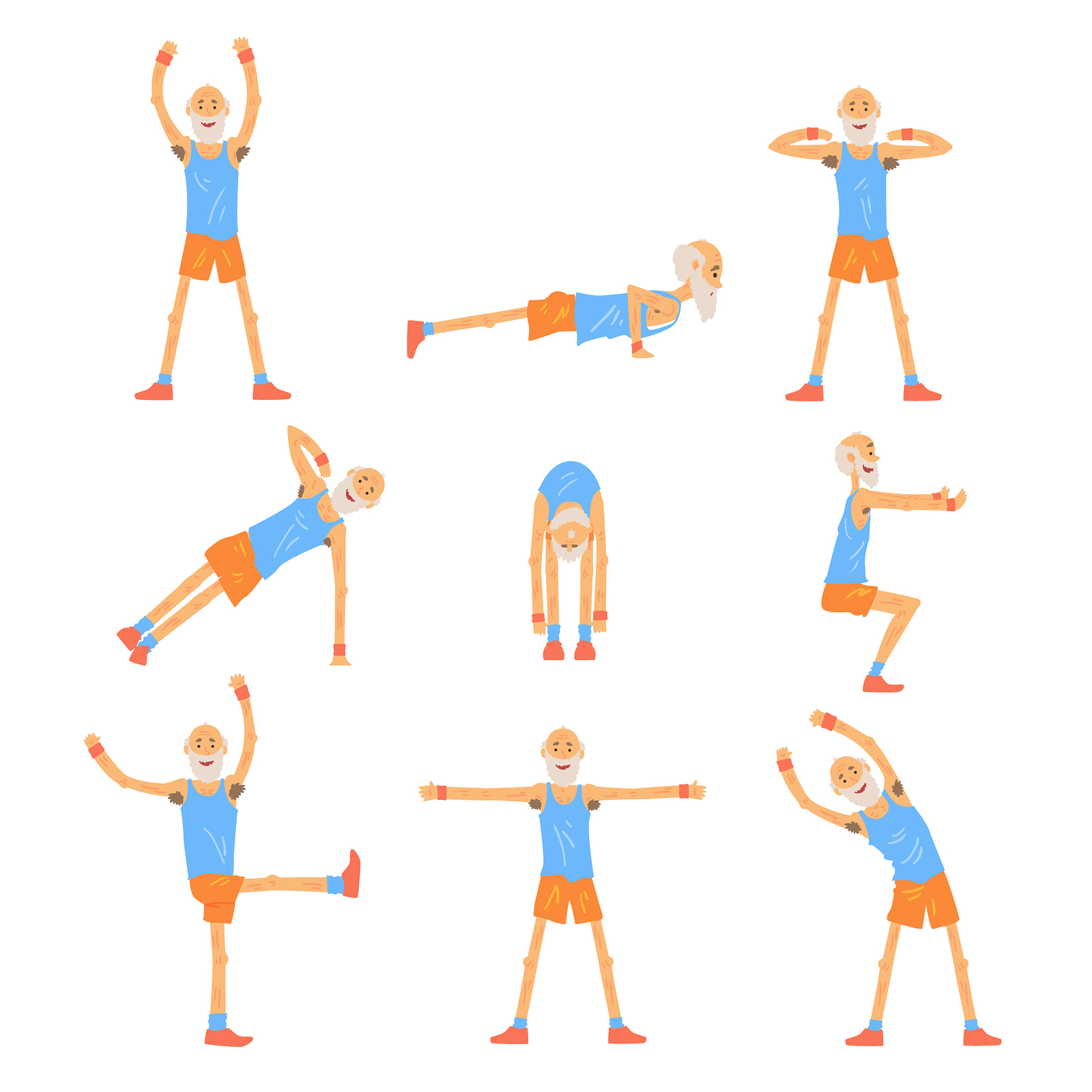
“Use it or lose it” is a commonly used term in exercise and the term is used to describe the process known as detraining. This itself is a part of one of the key principles of training – Reversability.
Detraining effects can be defined as: the partial or complete loss of training-induced anatomical, physiological, and performance adaptations as a consequence of training reduction or cessation.
The detraining effect has been investigated in the elderly quite a bit before. Evidence suggests that muscular strength remains long after muscular atrophy takes place suggesting neural mechanisms are at play. What hasn’t gathered attention however are the functional implications of detraining in the elderly. At the end of the day what matters most to patients as they age? They are unlikely to be concerns about the SIZE of their muscles but moreso the QUALITY. Therefore the aim of this study was to determine the effects of detraining in older adults who exercise regularly on their function. Less focus was on the specific mechanisms at play.
Overall, fourty nine people took part in the study through to the end, they had a mean age of 75.5 +/- 5.7 (Range 65-90), with three quarters being women.
How Was Strength & Physical Activity Measured?
Strength and physical ability of the participants was measured using a variety of tests. First up was height, body mass, BMI and waist-hip-ratio. Next was upper limb strength which was measured by counting the number of arm curls in 30s whilst holding a dumbbell. For men the weight was 3.63kg and women 2.27kg. For the lower limb strength was assessed using the 30s sit to stand test.
Dynamic balance and aerobic fitness was assessed using the timed get-up-and-go test, as well as the 6 minute walk test. Physical activity was assessed using the Minnesota Leisure Time Physical Activity Questionnaire and quality of life through the 36-item short form health survey.
How Was the Exercise Plan Delivered?
Exercise took place twice a week for 9 months, was delivered in groups of 10-15, each session was supervised by the same professional and lasted 50 minutes. Sessions comprised of a 10 minute warm-up (RoM upper limb movements and simple co-ordination exercises to music), a 10 minutes racquet match in pairs (soft ball only!), a 20 minute strength session and then a 10 minute coll down (stretching, breathing and relaxing exercises). The strength session contained mostly dynamic balance exercises and undisclosed strength elements).
Remember that detraining took place for 3 months AFTER the exercise programme.
What were the Detraining Effects and What Does this mean Clinically?
Cessation of habitual exercise has a negative impact on dynamic balance and quality of life. To avoid this reduction in balance in a period of time when an older person (who regularly exercises) is unable to exercise, using a targeted balance programme would be of benefit. An example of when this would be a good idea is during an acute admission or after an elective procedure.
No comments:
Post a Comment